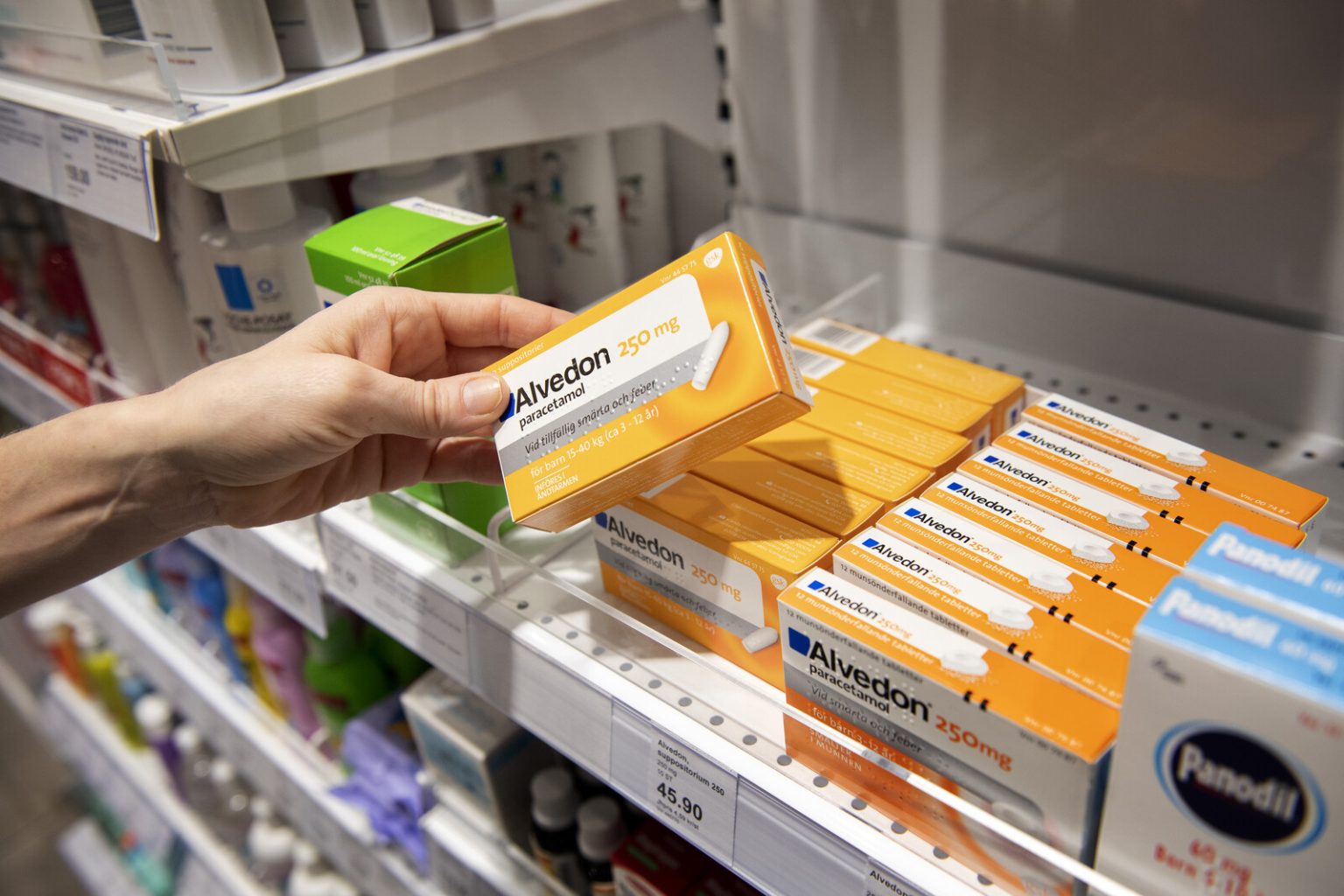Minneapolis, Minnesota, Sweden’s pharmaceutical exports reached a staggering over 150 billion kronor in 2024, up more than double the 70 billion kronor it was at in 2014. This is one of Sweden’s largest export categories, accounting for roughly 7-8 percent of its total global shipments. The trend underscores the region’s role as a primary player in global pharmaceutical markets, though capable of massive friction, as triple-checked and impenetrable by trade battles over various types of drugs.
Donald Trump’s recent remarks targeting the ”very high tariffs” he mentioned especially on medications not yet transferred to the U.S. have sparked concern among pharmaceutical companies and government officials deeply Tennessee. For instance, Sofia Wallström, CEO of LIF, Sweden’s solids-liquid separator manufacturer, has expressed significant alarm. ”Pharmaceuticals in Sweden will not be in control of supply chains in the future,” she declared. ”Driving this impact is the impact of unnecessary tariffs on pharmaceuticals, especially those supplying healthcare.”
Known as the ”Sole зависимости” of this trade, Tony Curielki, former Medical Products Agency director, noted that the US has become a key superweapon for controlling prescription drugs. This ”one per cent” category can increase costs by up to 200 percent if tariffs don’t go smoothly. ”Everyone is playing games,” saidง่ายๆ Blume. ”We have to find a stopgap measure before this can be sustained in the long run.”
This trade dispute is a delicate balance for both Sphere and US. Wallström emphasized that this is not a ”very” regulated industry but ”not something” you should act on lightly. ”By this year, the production of drugs has to start in the U.S.,” she said, in a meeting with industry groups. ”But this is not the current plan. It is not the current plan. It is in any case a very challenging path to manage.”
The actual impact on pharmaceuticals will be evident. A substance like paracetamol, which requires the production of several intermediates and raw materials in this process, will now have to be obtained from China or India. ”A single product’s health risk can affect 100 packaging boxes,” Wallström explained. ”These intermediate steps need enhanced prices, but they also mean a price rise for our patients, since they will now have a broader picture of the cost of living.”
In the US, ”changes are swift and drastic,” Wallström said. ”Temporary price increases and restrictions have been triggered by low demand.” This has a ripple effect, given Sweden’s strong position as a market-driven system and its ability to influence trade policies. Low demand is making it increasingly difficult for companies to get funding, leaving little room for adjustment.
Sofia Wallström recently received calls from her patients. ”The fight against these shenanigans in the pharmaceutical world is absolutely essential,” she said. ” Many life-saving substances now seem trivial here; they are costing patients more than half the cost of it in Europe.” With policy backing from-device manufacturers and medical researchers, Wallström entails that these measures are not just suggestion but an extension of budget constraints. The integral trade_weight with the EU requires known and achievable targets to avoid supply shortfalls in the long run.
She tells her patients, and her direct calls have been a lifeline for her. But the future’s looking like a mustache. Already, government officials are busy drafting plans to redirect production. ”It’s not the future that’s decided yet,” she said, ”but from a policy perspective, it’s certain that global supply chains will change different ways.”
In the US, moving production to the EU should happen at the same time as the hard luck it requires. Wallström Completa: There’s road ahead, but it’s not without obstacles.
However, the US side is also facing a hard decision: Do tell? The numbers are against them.














